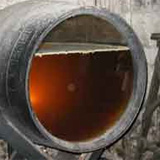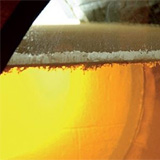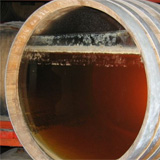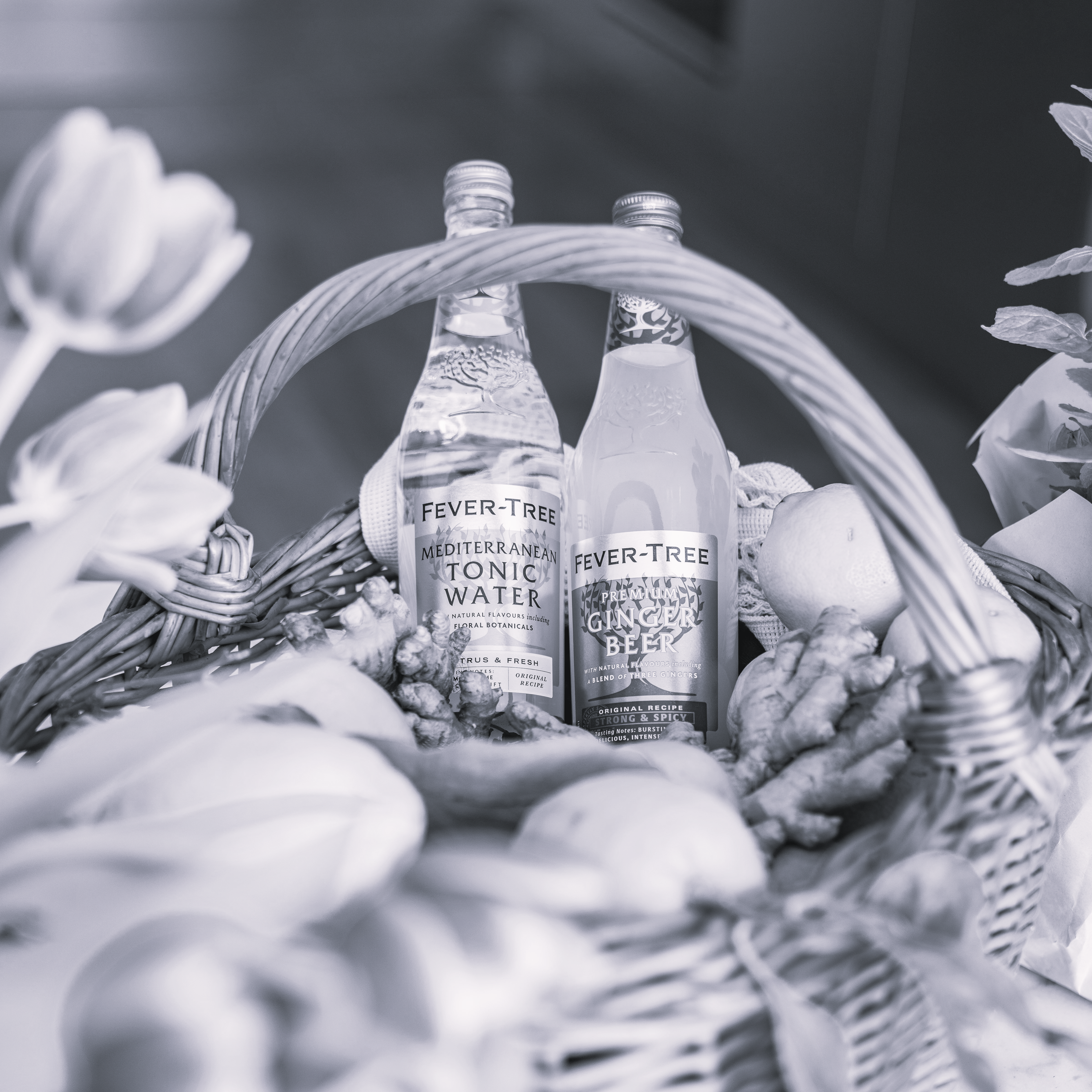Flor - Spanish and Portuguese for 'flower' is a winemaking term referring to a film of yeast on the surface of wine and which is important in the manufacture of Sherry. The flor is formed naturally under certain winemaking conditions, from indigenous yeasts found in the region of Andalucia in southern Spain. Normally in winemaking it is essential to keep wines away from exposure to air, to avoid infection by bacteria and yeasts that tend to spoil.
However, in the manufacture of Sherries, the slightly porous oak barrels are deliberately filled only five-sixths full with wine, leaving a space of two fists empty to allow the flor yeast to take form and the bung is not completely sealed. The flor favours cooler climates and higher humidity, so the Sherries produced in the coastal Sanlucar de Barrameda and El Puerto de Santa Maria have a thicker cap of flor than those produced inland in Jerez. Depending on the development of the wine, it may be aged entirely under the flor to produce a Fino or Manzanilla sherry, or it may be fortified to limit the growth of flor and undergo oxidative aging to produce an Amontillado or Oloroso Sherry.
During fermentation of Sherry production the flor - the physiology of the yeast change, as a result of their higher fat content compared with other yeasts, they float - a property which is especially important if they are to contribute to a healthy surface film. Flor survives between a narrow alcohol range of 14.5 to 16%. Below 14.5%, the yeast does not form a protective waxy cap and the wine oxidizes to the point of becoming vinegar. Above 16% and the flor cannot survive, the wine essentially becoming an Oloroso.
These unique yeasts are responsible for the production of the green almond, granny smith and nougat characters that characterise great Fino Sherry. The chemistry of flor goes far beyond this, but to say, the flor film is primarily responsible for most of the complex characters seen in these wines. They wouldn't be remotely the same if they lacked its influence.










